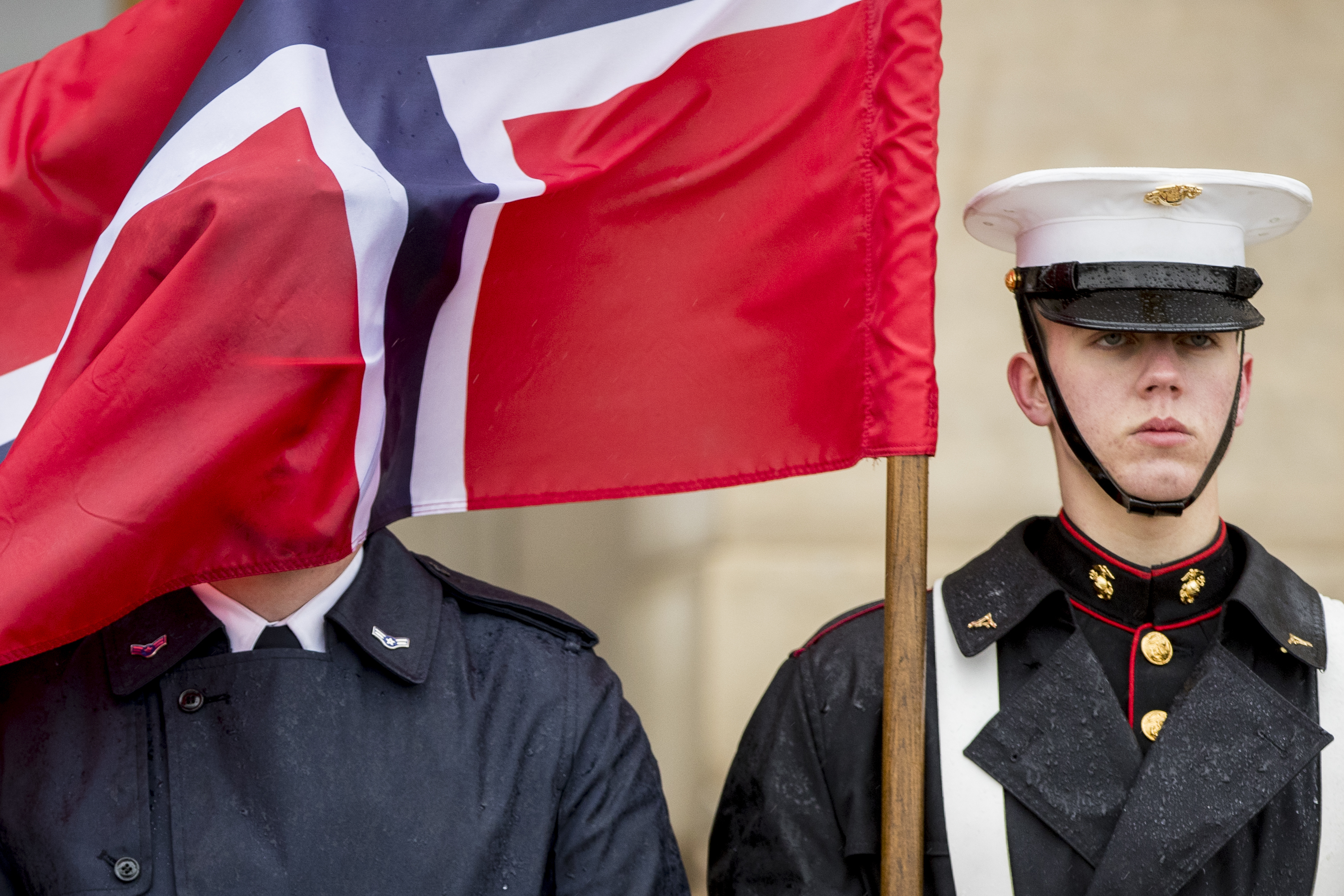Norway Concerned Over Increase of Russian Captains and Sailors on Its Ships

The expert warns of risk of sabotage during the war.
The Gaze reports on it referring to Dzerkalo tyzhnia.
Since 2020, the number of Russian captains and sailors on Norwegian ships has increased sharply. Currently, there are about 200 captains with Russian citizenship working in the country's fleet, twice as many as in 2020, NRK reports, citing data from the Norwegian Maritime Authority.
In addition, the total number of Russian sailors on Norwegian ships has also increased — from 925 in 2020 to about 1,500 in 2025. According to journalists, Norway has one of the largest fleets in the world, but most of the crews on these ships are from countries that are not members of NATO. Data from the Norwegian public broadcaster shows that Russia ranks third, following the Philippines and India.
"The Norwegian civilian merchant fleet is probably more important to NATO than the Norwegian army. We have a relatively small army, but a huge fleet. Civilian ships can transport soldiers and cargo, especially across the Atlantic Ocean. NATO has few cargo ships of its own and is completely dependent on the civilian merchant fleet. For the same reasons, these ships will be very useful to Russia," says Sigmund Simonsen, a professor at the University of Western Norway.
In peacetime, Simonsen warns, such vessels could be used to block shipping, sabotage, or as a launch pad for drones. As journalists noted, although the government has restricted the issuance of permits to Russian captains to operate Norwegian vessels, this decision is not retroactive. The permits are valid for five years. Therefore, the number of captains will decrease as the permits expire. The situation is different for Russian sailors. Currently, there are no laws prohibiting Russian citizens from working on Norwegian ships.
In a comment to NRK, Minister of Fisheries and Oceans Marianne Siversen Ness said that the government is constantly assessing the security situation but has not found sufficient grounds to ban Russian crews from working on ships.
Meanwhile, Norway is strengthening security along its 198-kilometre border with Russia, using €16.4 million in EU funding for new fences, sensors, and surveillance cameras at the most exposed points, including Skafferhullet and the Storskog checkpoint. While the majority of the border follows rivers where fencing is not allowed, the measures aim to enhance coordination between police and military and explore the use of drones for monitoring.
As The Gaze reported earlier, Norway is seeking ways to unblock the transfer of frozen Russian assets to Ukraine and is in discussions with EU partners about contributing to a plan to provide over €100 billion in military and financial support to Kyiv.